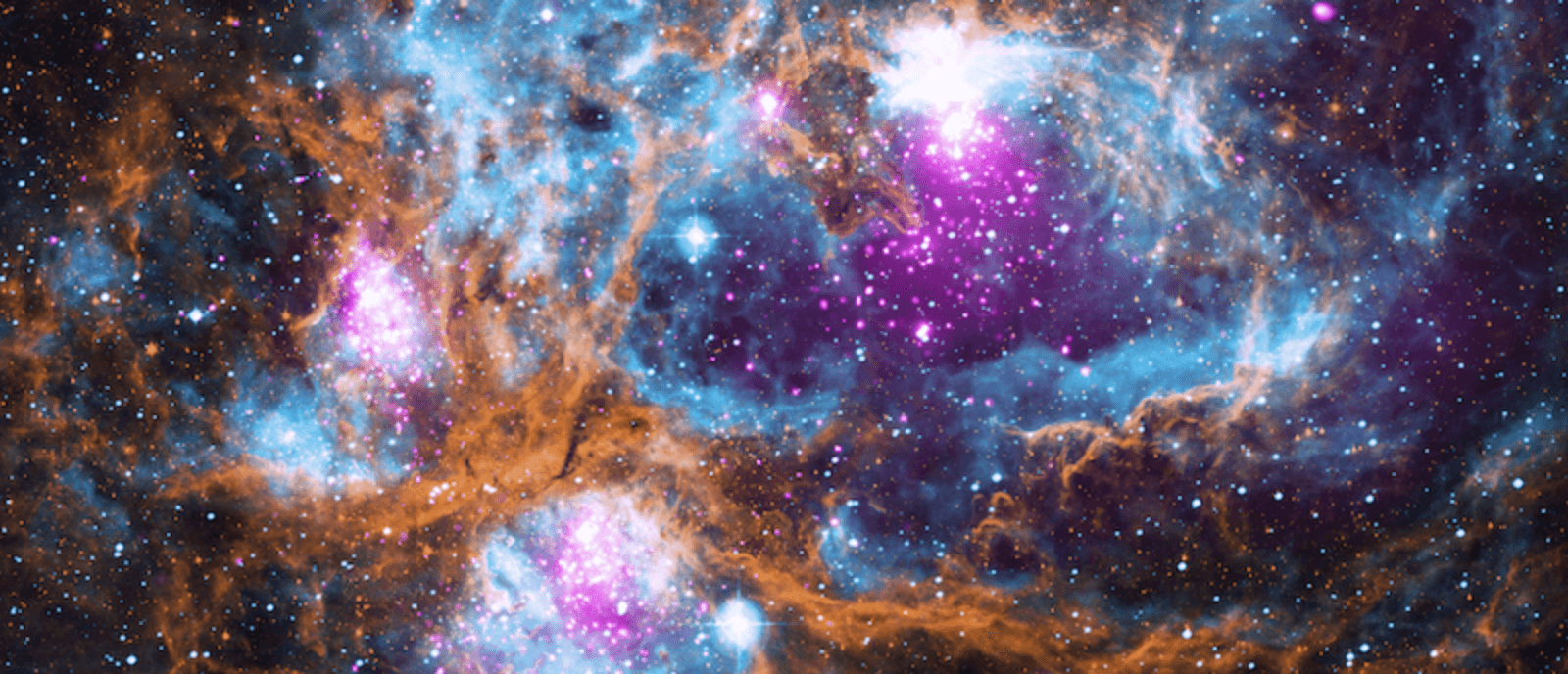Astrophysics Not at a Standstill
by Adam Hadhazy
While many science projects are being temporarily brought to a halt by the coronavirus, astrophysical discoveries and advances will continue

The Author
The Researchers
In a modern world unprecedently impacted by pandemic, the science of astrophysics is no exception. Numerous observatories have shuttered, with as many critical duties now being handled remotely as possible. (Or even more remotely, so to speak, for space-based telescopes, which in most cases—the five-times-visited Hubble excepted—haven't directly felt the touch of a human operator since launch.) Still, some activities continue, especially with archived data—the rich repository of astrophysical observations that informs all new observations—as well as on the theoretical side, where powerful computers informed by powerful human minds churn over the possibilities. Sooner, hopefully rather than later, science should get back to normal, or at least a new normal. The discoveries and advances will continue. Come what may, the human fire of curiosity will surely remain undimmed. Perhaps with more time to reflect on our admittedly tenuous place in the universe, as individuals and as a species, the profound mysteries that astrophysics seeks to unravel might just pause us in our tracks anew.
A new set of eyes prepares to open on the dark universe
An example of progress: The continuing assembly of the Prime Focus Spectrograph (PFS), a next-generation instrument that will gather light from distant galaxies and help nail down dark matter and dark energy. The PFS collaboration is led by the Kavli Institute for the Physics and Mathematics of the Universe (Kavli IPMU) and will get to work, mounted on the Subaru Telescope in Hawaii, in 2022. The successful installation and testing of a critical PFS camera component was announced in March.
Seeking observational evidence for the births of supermassive black holes
In a Research Highlight, Kavli Institute for Particle Astrophysics and Cosmology (KIPAC) member Kirk Barrow explains a theory for how supermassive black holes could have formed in the early universe. The concept: A giant black hole "seed" could congeal from a colossal type of star only possible in the early universe, when starforming gas clouds could have cooled and collapsed uniformly, instead of breaking off into myriad, small, normal stars as is usual. The goal of the research is to describe the sort of observational signatures these budding monsters might generate that the upcoming James Webb Space Telescope should be able to detect.
Neon in massive stars' cores "eats" neon, helping lead to stellar collapse
New insights into how massive stars both explode as supernovae and collapse into neutron stars has come from a simulation run in part by Kavli IPMU researchers. The simulation, of a star eight times as massive as the Sun, highlighted the role played by the element neon within the star's core as the element captures electrons. These electrons would otherwise help prevent the star from collapsing under the force of gravity. By "eating" so many electrons, neon thus aids in the star's ultimate collapse and demise.
Bizarre new "teardrop" star pulses unevenly
Saul Rappaport of the Massachusetts Institute of Technology's Kavli Institute for Astrophysics and Space Research (MKI) contributed to a study about the discovery of a first-of-its-kind star: teardrop-shaped and pulsating in brightness on only one side. A close companion star, whose gravity has pulled the newfound star out of a normal, spherical shape, is thought to be the reason behind the bigger star's natural pulsations being weirdly limited to a single stellar hemisphere.
Thar she blows! Newfound black hole unexpectedly sighted by asteroid-scanning instrument
A newly discovered black hole—firing off a flare of x-rays as it gobbled matter—photobombed an instrument aboard the OSIRIS-REx spacecraft. OSIRIS-REx is presently orbiting an asteroid, named Bennu, studying the space rock in detail for a planned surface sample collection maneuver later this year; that precious extraterrestrial sample will then be delivered back to Earth for examination. The instrument, dubbed REXIS, was built by students at MKI.